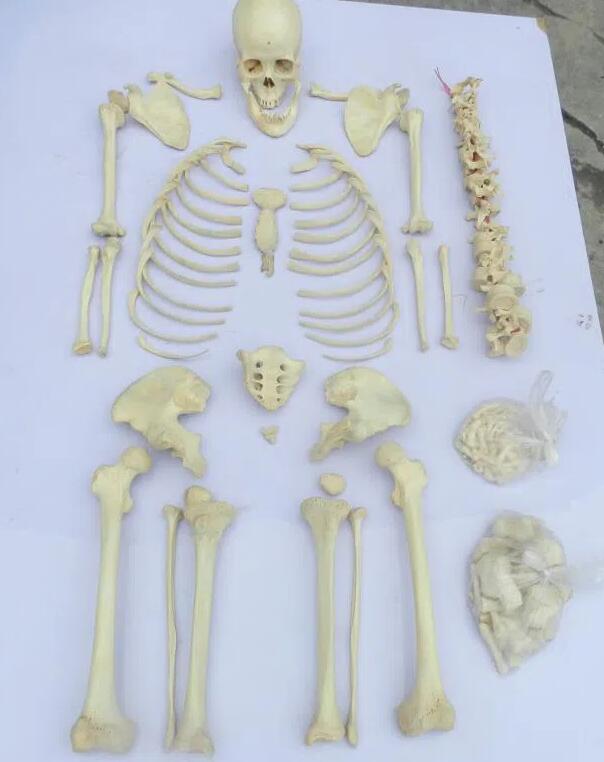
There are 206 bones in normal adults, including 51 trunk bones (vertebrae, sternum and ribs), 64 upper limb bones, 62 lower limb bones, 23 skull bones, and 6 auditory ossicles, for a total of 206 bones.

The structure of bone includes three parts: bone (compact bone, cancellous bone), periosteum, and bone marrow. Bone and bone are connected to form bones, which can mainly assist the body to complete actions and protect important organs of the body, such as the heart, brain, kidney, etc.
1. Bone: It is composed of bone tissue, which can be divided into compact bone and cancellous bone. The compact bone has a dense structure, strong compressive ability, and a hard texture, which is distributed on the surface of the bone; the cancellous bone is formed by the cross-arrangement of the trabecular bone, with a loose structure and a brittle texture;
2. Periosteum: Covers the bone surface other than the articular surface and is mainly composed of fibrous connective tissue. The periosteum is divided into inner and outer layers, the outer layer is dense and the inner layer is loose. The periosteum is rich in blood vessels, nerves and lymphatic vessels, which can provide nutrition for the bone and play an important role in the nutrition and regeneration of the bone;
3. Bone marrow: It is a soft tissue that fills the marrow cavity and the spongy bone space, and is divided into red marrow and yellow marrow. Red bone marrow contains red blood cells, which appear red and have hematopoietic and immune functions. Yellow bone marrow is mainly adipose tissue, which is yellow and has no direct hematopoietic function. The bone marrow of infants and young children is all red bone marrow. After the age of 5, the red bone marrow in the diaphysis of long bones will gradually become yellow bone marrow, but red bone marrow has always existed in the epiphysis of irregular bones such as vertebrae and ilium.